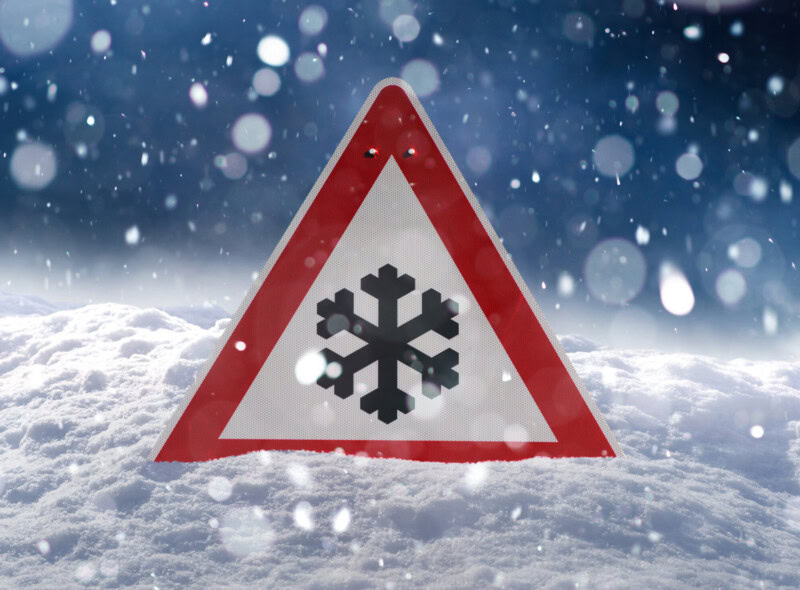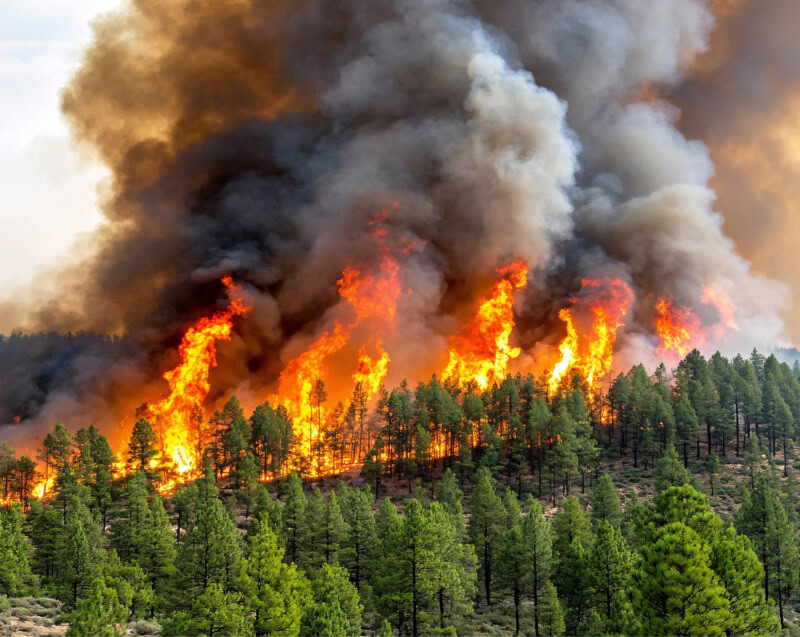During the winter, employees who work outdoors may be at risk of cold stress-related illnesses and injuries, such as frostbite or hypothermia. In addition to frigid temperatures, the Occupational Safety and Health Administration (OSHA) notes increased wind speed, or wind chill, can cause individuals to more quickly lose heat from their bodies. It’s important for workplaces to understand what wind chill is, and the appropriate controls to mitigate it, so they can better protect workers from this winter hazard.
How does OSHA define wind chill?
According to OSHA, wind chill describes “the rate of heat loss from the human body, resulting from the combined effect of low air temperature and wind speed.” This metric helps workplaces determine the effect of environmental cold on exposed individuals.
Why do workplaces need to know the wind chill temperature?
Once employers determine the wind chill temperature, they can take steps to minimize workers’ risk of exposure. If needed, OSHA recommends using the National Weather Service (NWS) Wind Chill Temperature index for calculations. For further guidance, the American Conference of Governmental Industrial Hygienists released a work and warm-up schedule for four-hour shifts, which accounts for air temperatures and wind speeds.
How can wind chill warnings, watches, and advisories affect workplace schedules?
The NWS issues a “Wind Chill Warning” when wind chill temperatures are life-threatening. During these conditions, employees should dress in layers, cover any exposed skin, and avoid spending time outdoors. OSHA recommends at least three layers of loose-fitting clothing: an inner layer of wool, silk or synthetic; a middle layer of synthetic fabric; and an outer wind and rain protection layer with ventilation. Employees should also wear a hat or hood; insulated or waterproof boots; and, if needed, insulated gloves and a knit mask. A “Wind Chill Watch” indicates that wind chill values are possible and additional workplace precautions may be needed. A “Wind Chill Advisory” indicates there are “seasonably cold wind chill values,” and employees should dress in the appropriate layers.
For additional tips on how to help protect employees against winter hazards, contact webquestion@cteh.com.




